Debt Repayment 101: Understanding the Snowball Method
 3 min. read
3 min. read
For many, debt settlements can feel like pushing a boulder uphill. Between credit cards, loans, and unexpected expenses, it’s easy to feel stuck or like you’re barely making a dent. But there is a way to take back control, and it doesn’t require winning the lottery.
The debt snowball method is a simple, step-by-step approach of building momentum by tackling your smallest debts first. As each one gets knocked out, you gain confidence, motivation, and a firmer grip on your finances.
Read on for insights on how this method works, what makes it so effective, and how you can start using it today to chip away at what you owe.
What is the Snowball Method?
The snowball method is a strategy that concentrates on paying off your smallest debts first, then rolling those payments into the next biggest balance—just like a snowball increasing in size and speed as it rolls downhill.
By eliminating smaller balances before the more substantial dues, you get quick wins that make you feel like you’re making progress and want to keep going. This factor makes the snowball method effective in building confidence and creating the momentum you need to advance your debt payoff journey.
9 Steps to Effectively Use the Debt Snowball Method
The snowball strategy isn’t complicated, but it does require a little planning and consistency. Below are the key steps to gain steam and finally start seeing your debt shrink in a big way.
- List all debts
Start the process by writing down every debt you owe—credit cards, personal loans, medical bills, payday loans, family borrowings, etc. Make sure to include the total balance, minimum payment per month, and due date for each one for easy reference.
What you want to accomplish is to get everything out in the open, which gives you a clear picture of what you’re working with. No more guessing or avoiding your statements! - Order debts by balance
Next, sort your debts from the smallest balance to the largest. Don’t worry about interest rates here; the goal is to hit quick wins. If you owe ₱5,000 on a department store card and ₱30,000 on a credit card, the store card goes to the top of your list. As you pay off the former sooner rather than later, you feel a real sense of progress. - Maintain minimum payments
Even while you’re focusing on the smallest debt, it’s super important to keep making at least the minimum payments on the others. This process keeps your accounts in good standing and protects your credit score while you work the snowball. - Allocate extra funds to the smallest debt
Now, take any extra money you can find—side hustle income, budget cuts, tax refunds—and throw it at the smallest debt. Say your monthly budget gives you an extra ₱1,000. Add that to the minimum payment on the smallest debt to pay it off even faster. - Roll over payments
Once your smallest debt is gone (congratulations!), take the money you were using for that debt and roll it into the next smallest balance. So, if you were paying ₱2,000 a month on a now-paid-off loan, that entire ₱2,000 goes toward the next debt, on top of its minimum payment. - Repeat the process
Keep repeating this cycle: settle the smallest debt, roll over the payments, and move to the next. Over time, your payments grow just like a snowball, and your debt disappears one by one. It’s incredibly motivating to see those balances hit zero. - Create and follow a budget
The snowball method works best when you stick to a clear monthly budget. Track your spending, look for areas to cut back (like dining out or subscriptions), and direct those savings toward your debt snowball. Even ₱500 a month can make a big difference. - Build a starter emergency fund
Before you go full speed with your snowball, it’s smart to set aside a small emergency fund that’s around three to six months’ worth of your salary. Should something unexpected happen—a car repair, a hospital visit—you don’t have to rely on multiple credit cards and pile on new debt. - Avoid taking on new debts
This next and final step is a big one: stop adding new debt while you’re working the snowball. Reserve your high-limit card only for urgent purchases to avoid taking on unnecessary credit from expensive lending solutions that might undo your progress.
Collect Wins, Not Bills
Getting out of debt doesn’t have to feel impossible. With the snowball method, you take things one step at a time—clearing the smallest debts first, building confidence, and gaining momentum as you go. It’s a strategy that keeps you motivated and moving forward.
As you begin becoming debt-free, having the right tools can make all the difference. A practical way to stay on budget and make your purchases work harder for you is to choose the right credit card. Features like flexible payment options, rewards, and cashback benefits help manage your expenses while keeping your financial goals in sight.
Choose RCBC Credit Cards for a more stable and debt-free future.

 bc
bc





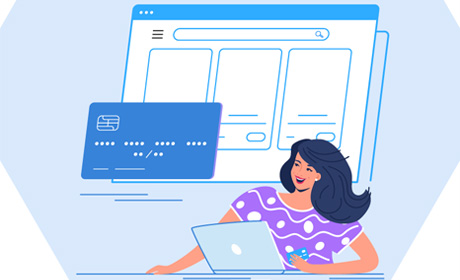











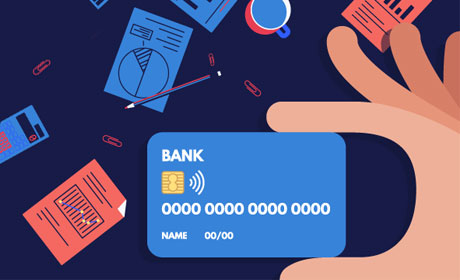


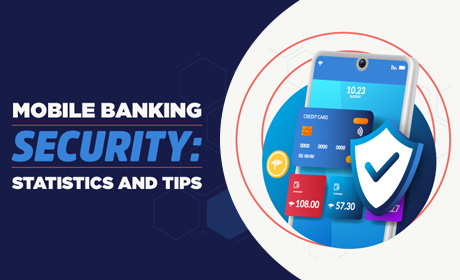

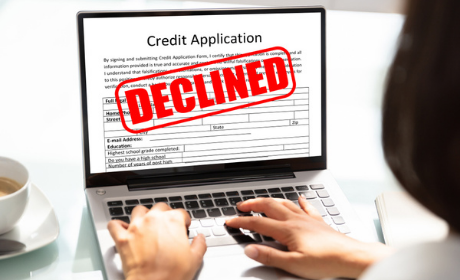
.png)
.png)




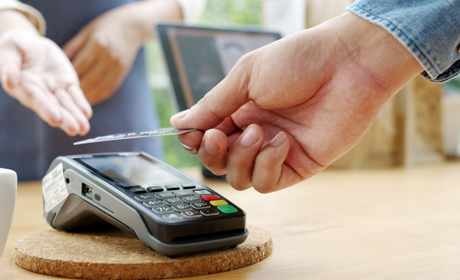
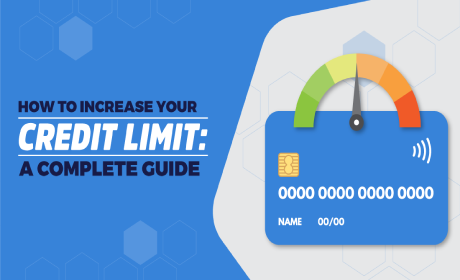
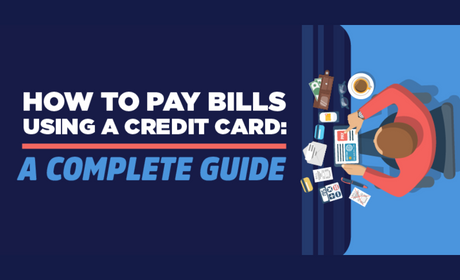



.jpg)
.jpg)
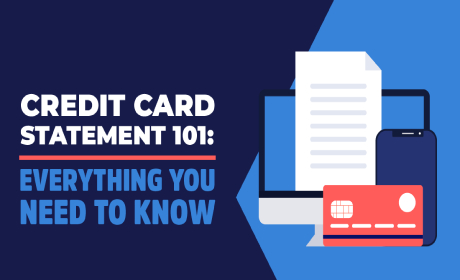
.jpg)

.jpg)

.jpg)

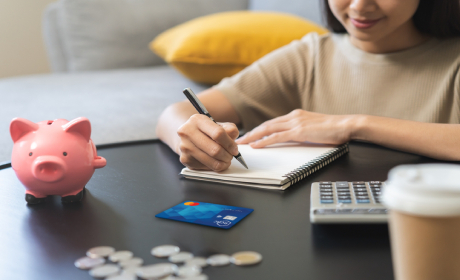
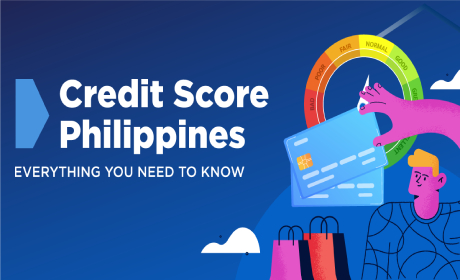
.jpg)
 (1).jpg)
 (1).jpg)
 (1).jpg)

.jpg)
 (1).jpg)
 (2) (1).jpg)
 (2) (1).jpg)
.jpg)
 (1).jpg)
 (1).jpg)
 (1).jpg)
 (1).jpg)


.jpg)
.jpg)
.jpg)
.jpg)
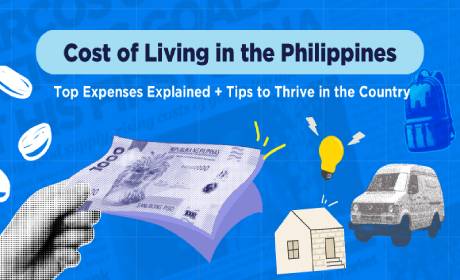
.jpg)
.jpg)


.jpg)
.jpg)
.jpg)
.jpg)
.jpg)
.jpg)
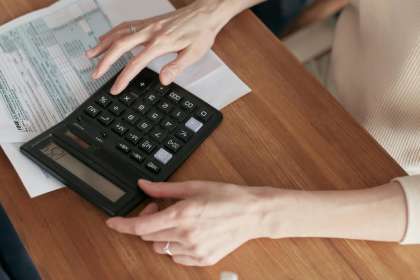

 (1).jpg)

.jpg)

.jpg)
.jpg)
.jpg)
.jpg)
.jpg)
.jpg)


